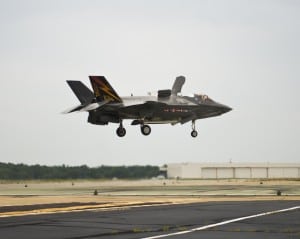
The Marine Corps is less than two months from declaring the F-35B ready for combat, but the long awaited fifth-generation aircraft will not be rushed into battle as quickly as the service usually deploys new weapons, according to a top Marine aviator. “The F-35, I would say, if I had my druthers, I would not deploy right away because I would like to build some momentum in the program and build the instructor base,” Lt. Gen Jon Davis, deputy commandant for…

 By
By 











